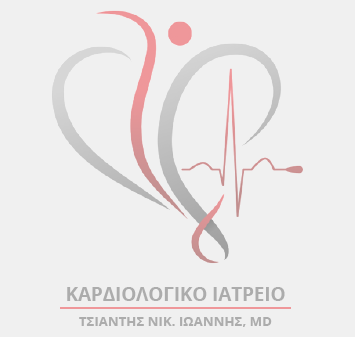Obesity is a known risk factor for atrial fibrillation. Scientists in the USA have now discovered that the disease is not linked to a person’s BMI but to the volume of fat tissue around his/her heart. The study was presented at the American Heart Association’s “Scientific Sessions 2014” in Chicago, Illinois.
Researchers from Loyola University (Chicago) examined 54 patients with atrial fibrillation. Innovations in cardiac magnetic resonance imaging enabled physicians to precisely determine the volume of epicardial adipose tissue as well as the extent of scarring in the left atrium.
On average, the heart was surrounded by 120 cubic centimetres of fat. With fibrosis, the scientists found a statistically significant correlation of 0.45, and with BMI, only a statistically irrelevant correlation of 0.30.
For a long time it was thought that fat tissue around the heart was harmless and inactive, said the authors. Instead, it is metabolically active and seems to release proteins that trigger fibrosis and, later, atrial fibrillation. Epicardial fat may therefore be a new therapeutic target in treating heart rhythm disorders, said lead author Mark Rabbat.









No Comments